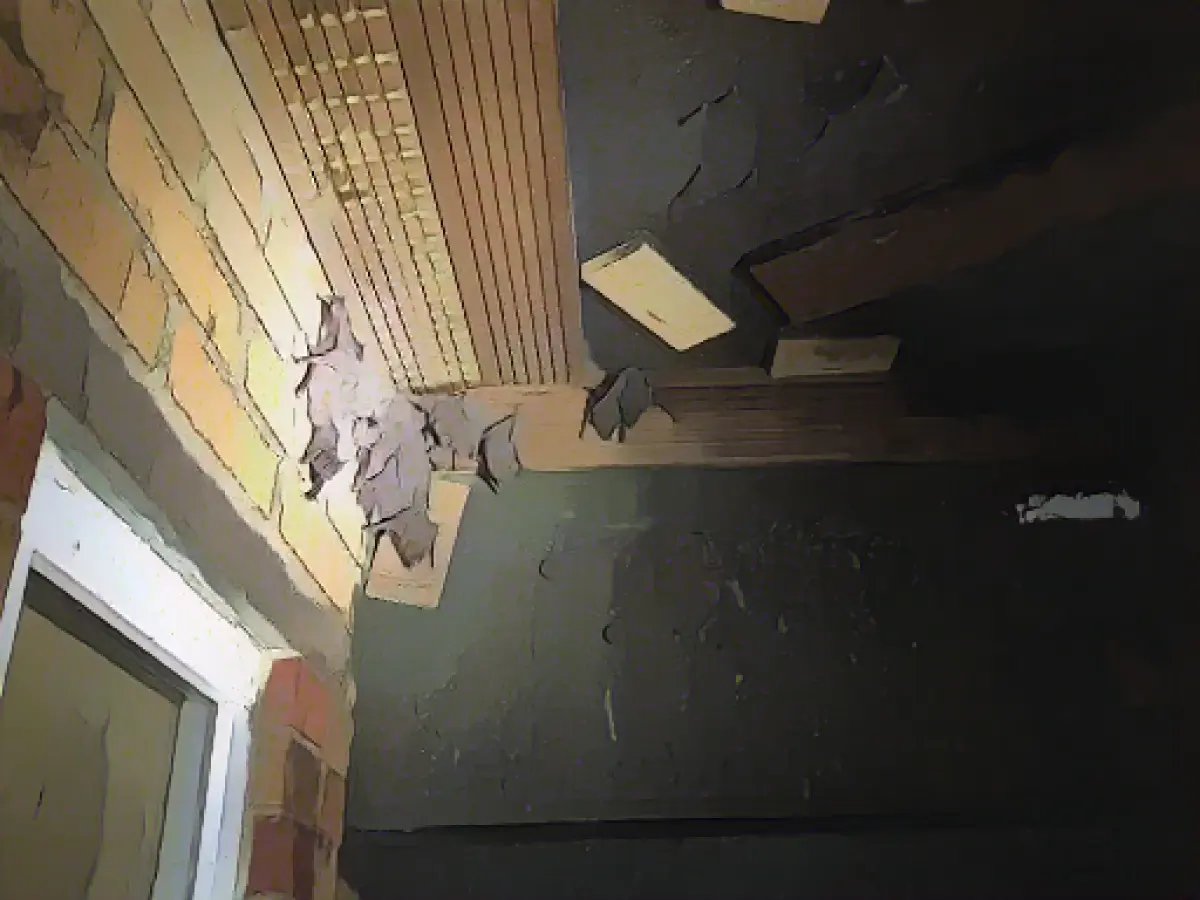Chill out! Berlin's bats are heading into winter snooze territory
As the mercury drops, Berlin's winged furballs start their winter retreat. Places like the Spandau Citadel's ancient walls become their hibernation homes, and these cozy dens need to remain undisturbed for the bats' sake. Waking these small critters up could be bad news, warns Jörg Harder, first chair of the Bat Association headquartered in Spandau Citadel. Waking them up is exhausting and drains their energy reserves, putting the bats at risk.
The Spandau Citadel, surrounded by the city's skyline, is a hotspot for bats, housing an estimated 10,000 of these endangered creatures every chilly season. Harder isn't sure of the exact number, but he knows these nocturnal fliers aren't limited to the surface niches. They retreat deep inside the fortress's thick stone walls too.
Though regular counting takes place, volunteers attach rings to bats, similar to those used for birds. This was already happening in the medieval battlements back in the '30s, a cornerstone for today's bat research.
Bats wake up during hibernation for basic necessities like drinks and bathroom breaks, as Harder explains. But disruptions, like loss of hibernation opportunities due to building insulation and tree-cutting, are problematic. Though not all artificial bat boxes are used, the Berlin Nature Conservation Foundation's Steven Lischke is optimistic. In a project with an organic market chain, they placed 700 bat boxes at 200 locations in Berlin, thanks to deposit refunds. Despite occupancy challenges, 20% of these boxes now house endangered bats - a significant milestone.
Berlin is known as the bat capital, with 18 of the 25 native German bat species thriving within its city limits. Each of these urban nooks and old fortresses make for viable habitats, helping the bat population flourish. According to environmental authorities, populations in these areas are increasing. However, hibernating bats require a quiet, undisturbed rest to protect their energy reserves.
This is why areas like Spandau Citadel's stone walls are off-limits during winter months. Environmental protection principles, like noise and light reduction, and access control, help safeguard hibernating bats. Additionally, regular monitoring and public education contribute to effective conservation strategies.
Enrichment insights:
- Protecting the hibernating sites of bats is crucial for their survival during winter. Environmental protection, light and noise reduction, and access control are all essential measures to ensure a peaceful environment for these animals.
- Regular monitoring and public education are key components in effectively conserving bat populations.
- Bat boxes are frequently used in efforts to provide housing for endangered bat species. In some cases, occupancy is low, but in the Berlin project mentioned, 20% of the artificial bat boxes were utilized.
[1] Source:






